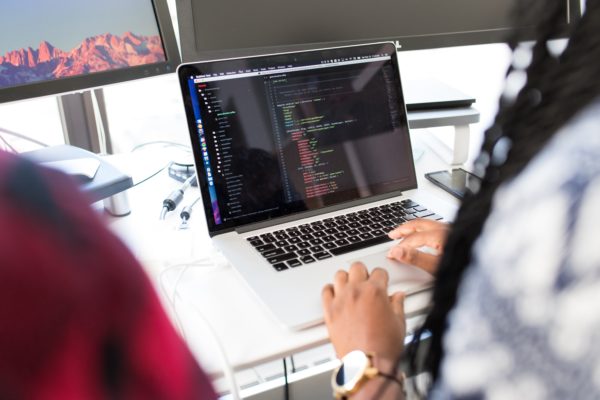Women’s health has been wrapped in myths and prejudices for many years and some may follow them even in the developed world. Comprising 50% of the global healthcare market, women are primary caregivers for children and not keeping track of their health may lead to serious issues. This engendered the breakthrough of the FemTech industry allowing women to be more aware of their health.
Femtech or female technology is a category of software, diagnostics, products, and services that focuses on women’s health. This sector includes fertility solutions, period-tracking apps, pregnancy and nursing care, women’s sexual wellness, and the reproductive system of health.

The health of a female body determines how healthy families will be in future. This shows that making a women calendar apps is becoming more and more popular. It’s predicted that by 2025 the FemTech will have become an almost $50 billion industry, enhancing the health of millions of women and improving access to healthcare. Grand View Research shows that the female health tracking apps are the fourth most popular category in mobile health among adults and second most popular among adolescent girls. Mobile Health (mHealth) implies the use of smartphones and other wireless technology in medical care.
This article will offer you a complete guide on how to create women’s health tracker app. The application that allows women to keep track of periods, ovulation cycle, pregnancy, thyroid, nutrition, menopause, and much more regardless of their age and origin.
What to consider building a women’s health app
The main goal of Female Technology is to make an app for women’s health that would improve women’s comfort and wellbeing. It should cover longevity, pregnancy and nursing, women’s sexual health, reproductive health, menopause solutions, female oncology and general health care.
There are three types of Women Health Tracker Apps available across markets:
- General Healthcare Apps: such applications have been designed for the whole population. It securely stores every bit of significant information related to one’s health. Such apps not only keep track of people’s daily nutrition, with reminders and timetables, but also notify them of the number of steps taken, the pulse rate, oxygen level, heartbeat, stress level, and the number of sleeping hours.
- Menstrual Cycle and Fertility Tracking Apps: such apps work both ways: for those who want to get pregnant, and those who want to avoid accidental pregnancies. They provide easy menstrual cycle tracking based on the input data. Among useful features are logging the PMS symptoms, body temperature, mood and more. The application also suggests the best time to conceive, reminds to take birth control pills and asks additional fertility queries.
- Pregnancy Mobile Apps: such kind of apps is designed to offer a helpful hand to pregnant women throughout pregnancy. It not only indicates the health changes women may expect, but also shows various methods for soothing body pains, which are normal during the pregnancy period. They lend a helping hand tracking the growth of the baby, the changes happening in mom’s body during pregnancy, combating morning sickness, reminding to take vitamins, arranging doctor’s appointments. Moreover, it guides with new mom-to-be tips after labour as well. Apart from pregnancy planning advice, it also provides suggestions when it comes to a healthy diet plan. Some popular examples are:
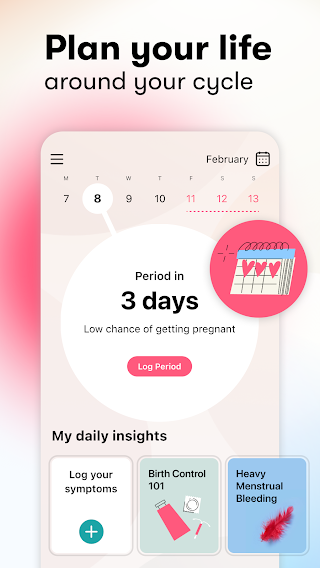
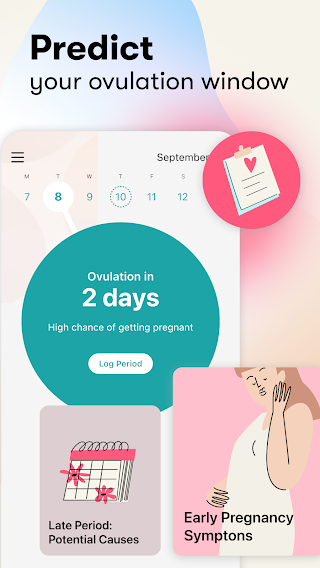

- Flo Period Tracker is one of the most highly rated health apps (4.8 of 5 rank over 4 million users). It allows to track over 70 indicators like cramps, discharge and headaches.
- Clue is a period and ovulation tracker (4.8 rank over 2 million users). It has a calendar format with ovulation predictions and 40 different health symptoms.
- The Natural Cycles tracks your basal body temperature and allows to predict ovulation and fertility.
- Fertility Friend has an advanced ovulation calculator, fertility chart, and period tracker.
- Kindara provides fertility tracking on user’s data instead of population averages.
Growing Market Trend For Women’s Health Tracking Apps
According to FemTech Analytics, for June 2021 there are more than 1,500 FemTech companies with a total of $16 billion of investment. In late 2016, Ida Tin, CEO of the app Clue (one of the most accurate period trackers for women), coined the term FemTech. She knew there was a lot of potential advancement to fulfill the women’s health needs. People would think it’s just another business idea but ultimately, it’s a movement that empowers women all over the world. People have invested $26.9B in the ongoing healthcare innovations compared to last year’s $26.5B.
Here are some points why investing in FemTech is beneficial:
- Women’s health initiatives were highly negotiated in 2019. This did not go unnoticed and female health companies reported a 246% increase in funding. Compared to 2018, in 2019 deals increased by 25%.
- Artificial Intelligence used in healthcare has been highly funded since 2019.
- 80% of household healthcare spending was done by women. It indicates at a demanded niche when it comes to healthcare.
- With 50% of the global population as its target market, FemTech has the potential to reach $50B by 2025.
- With FemTech, women now are more in control of their bodies and have a wide understanding of their health. Therefore, it is now a necessity more than just an option.
The very Medical Health market had been coming first in App Store charts for a long time. Apps for tracking fitness, nutrition, diet, lifestyle management, and disease management, have been actively downloaded by the users. Although, the niche of period tracking apps for women’s health was relatively small in the past, now a lot of apps covering womer’s health requirements have been developed.
What is interesting, is that the FemTech apps can be used by women’s doctors as well. They can easily get all the necessary health data eliminating the chance of misunderstanding the symptoms of dates the patient may pronounce incorrectly. Women can even share their period cycle calendar with spouses, so as to comfortably plan the trip.
What to consider creating a women’s health app
Building a women health app might be adrenaline pumping! However, the process of women’s health app development may pose several challenges, here are some quick tips how to develop a women health tracking mobile app that will keep you ahead of the competition.
Design
The UI and UX may spoil the users’ retention rates if you don’t research the niche well. People may not want to use the app designed in the most predictable colour or with Barbie stuff. It’s also helpful to mind the comfort of users when they are in public. Others should not get what you’re doing on your phone just at a glance. A user may also want to consider the nuances of sexual diversity.
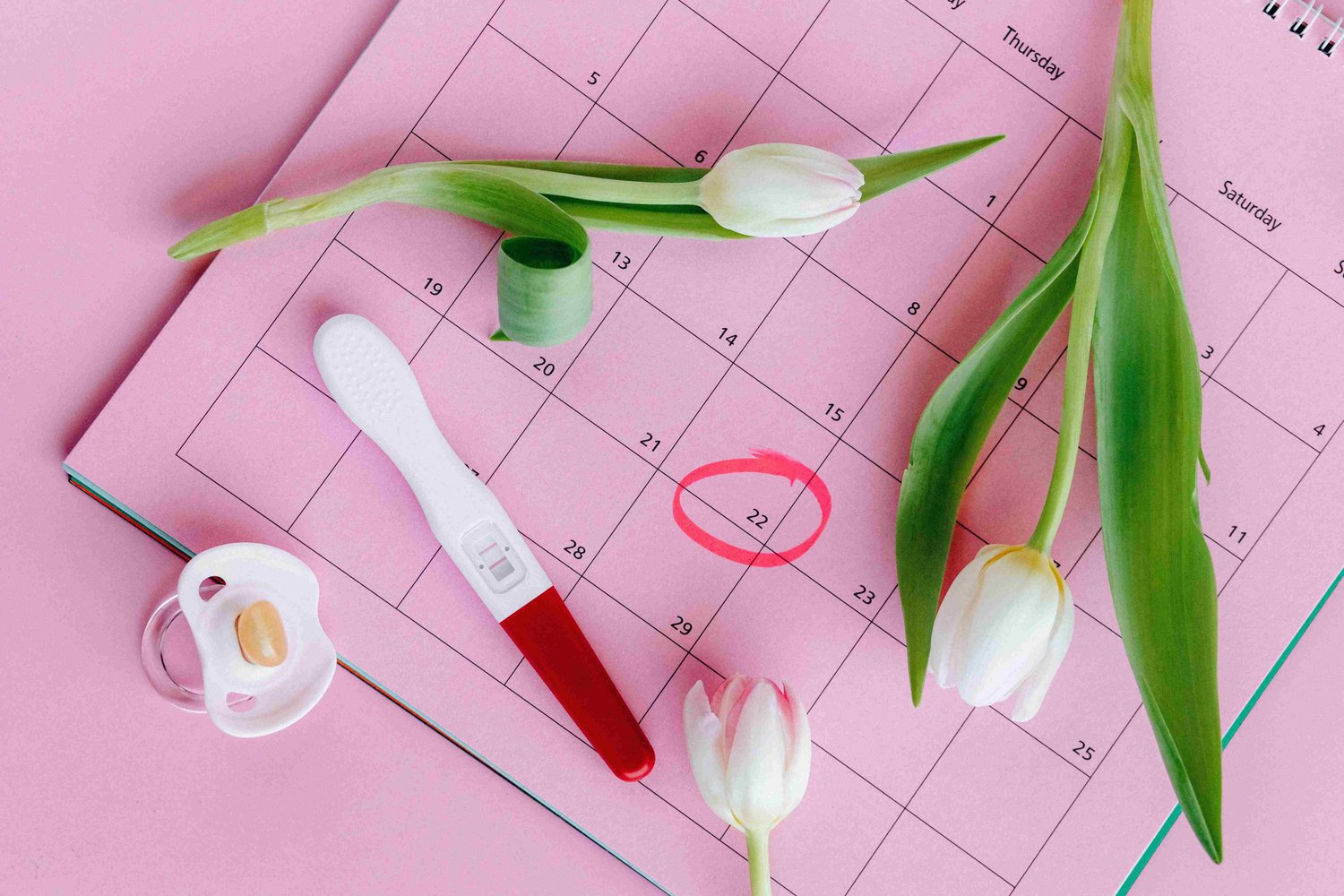
Working with real specialists
Real experts can bring value and quality to your product. They will advise on the required functionality and suggest the best way to place design elements so as the app was easy to navigate. For example, apps like Glow and Eve were built using the rich knowledge of the company’s medical specialists.
Data protection regulations
Users share confidential information and they ultimately expect apps to protect it. If you plan to offer your app to the US residents, make sure your service is GDPR compliant.
Integration
Integrations would help to enable support in your app. The support will allow users to automatically add health data in their daily logs, including heart rate, blood pressure, weight and sleep time. The more features the app contains, the more useful it is. Some of the most popular fitness trackers are Fitbit, Apple Watch, Mi trackers, and Samsung Gear.
Sharing information with a doctor
Some FemTech apps can share users’ data with their physicians. For example, the Clue app offers a Clue Connect feature. It allows to start a conversation on diverse topics, including PMS, fertility, menstruation, etc. It’s beneficial for spouses, since allows them to share menstrual cycle data in an easy way.
Social network
This feature allows users to share experience and ask for reviews in social media.
Including key points listed above you can build a friendly community in your app. Women will share stories, experiences, ask for support, communicate with others, and compare symptoms. Don’t forget to integrate different ways of communication: private messages, groups and comments to posts.
For example, Flo and Eve apps have provided convenient communication. Flo has a Quora-style service. Users ask questions and the community shares experiences and gives answers.
How to develop a women’s health tracking app
The more user-friendly the app’s interface is, the more successful it becomes. It should be easy to navigate and help women get a clue what is happening with their bodies. Let’s see which features may help users to understand these things, if you have ever wondered how to create a female health tracking app.
Onboarding
User profile.
Users often dislike the entire process of signing up, thus, offer them an option to skip sign up. Create a simple user profile filling up the basic health data. It is suggested that the app should only gather the necessary data such as weight, height, allergies, ailments, & period cycle. Users like when they are not overburdened with too many questions and can simply use an app. So, prefer to collect only the data required to offer personalised content and enhance the user experience.
Period calendar.
This feature is crucial for the women’s health & fitness apps. It allows women to track periods, input any changes, and monitor their overall health during the menstrual cycle. It also lets to evaluate the changes. It is easy to track present day-of-cycle, fertility period, approximate date of next menstruation, upcoming PMS, favorable days for conception, and a lot more. Most of the period tracking apps have these options.
Reminders and notifications.
This feature is important to keep the users engaged with the app. Constant reminders will not let them forget about the app. It not only ensures users’ engagement, but also increases reliability. Such reminders are divided into three categories: regular log entries, notifications for medications, and notifications regarding start of the next phase of cycle. Reminders to take medications are also helpful. Having a lot of issues to resolve during the day, people often forget to take them.

Symptom tracking and analysis.
Another core facet of the app is a symptom tracker. This feature can help users learn more about their health. There should also be alerts regarding the potential health issue. Such features will work based on evaluating the symptoms and identifying conditions causing them. Remember to build alert functionality to notify users about potential health concerns.
For example, Clue and Flo applications use powerful machine learning (ML) algorithms to examine and analyze large data sets.
How To Make Money From Your Women’s Health Tracking App?
We have already discussed how more and more people are investing in the FemTech industry. This means that the sector earns enough to be considered as one of the most profitable. Learn more about the possible ways to earn money if you decide to build a femtech app.
Paid app.
The popularity of paid apps is rather low and continues to decrease. The percentage of paid apps in the App Store is below 5% in 2021. However, when you believe your app will work spotlessly and the niche is in the domain, make the app paid from the very beginning. Usually, only users of paid apps are more loyal and active. This model works best with iOS users as revenue is much higher on the iOS platform. The app should be priced between $ 0.99 and $ 1.99.
In-app purchases.
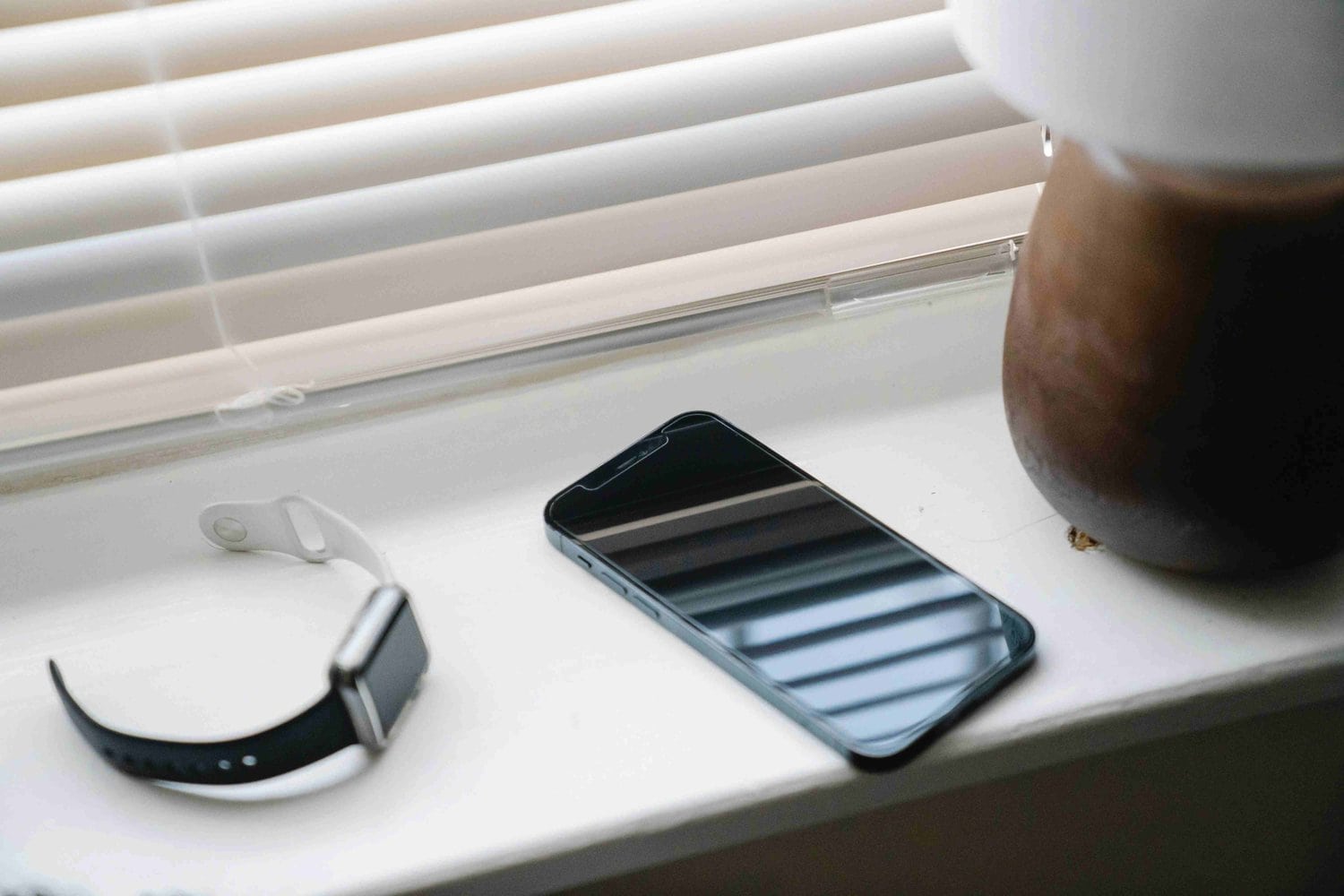
In-app advertising.
A free ad-supported app can be a great way to start getting revenues. However, there is a risk that users may start leaving the application if there are too many pop-ups calling. You need to find the best user-friendly way to place your ads in a format that suits your interface the best. It is also important to take into account the number of advertisements popping-up during the day, their duration, and the place where they will be located on the screen.
What It Costs To Build A Femtech App
Prepare a good business plan and consider the costs of all investments before creating a women’s health app. The application development phase requires the most costs. Here is a list of factors responsible for the final estimate:
- Is the app developed by a software company or a digital product studio?
- Number of features required;
- Platforms to put your app;
- Hourly rates of the development team, differing from region-to-region;
- Apart from developers, a team of Project Manager, Android/iOS Developers, Back-end Developers, UI/UX Designers and Quality Analysts should be involved in the project;
From our experience and market research, female health tracking app development covering basic features costs from $ 25,000 to $ 50,000. The cost of developing an app with advanced features and technologies will cost around $ 50,000- $ 75,000.
When you have gathered all the necessary funds, there’s no place for mis-spending. Allocate them as effectively as possible. New startups tend to make one common mistake: they focus 90% of the funds on development, leaving only 10% for marketing. It’s not the right strategy. Keep in mind that you’ll need a significant part of budget to promote the product.
You have lots of options when it comes to development, and it’s possible to save up to 70% of your budget, if you outsource your development to a country where development rates are lower.
Another strategy is to disburse 80–100% of the budget on development and enter another investment round later on. Meet your marketing goals!
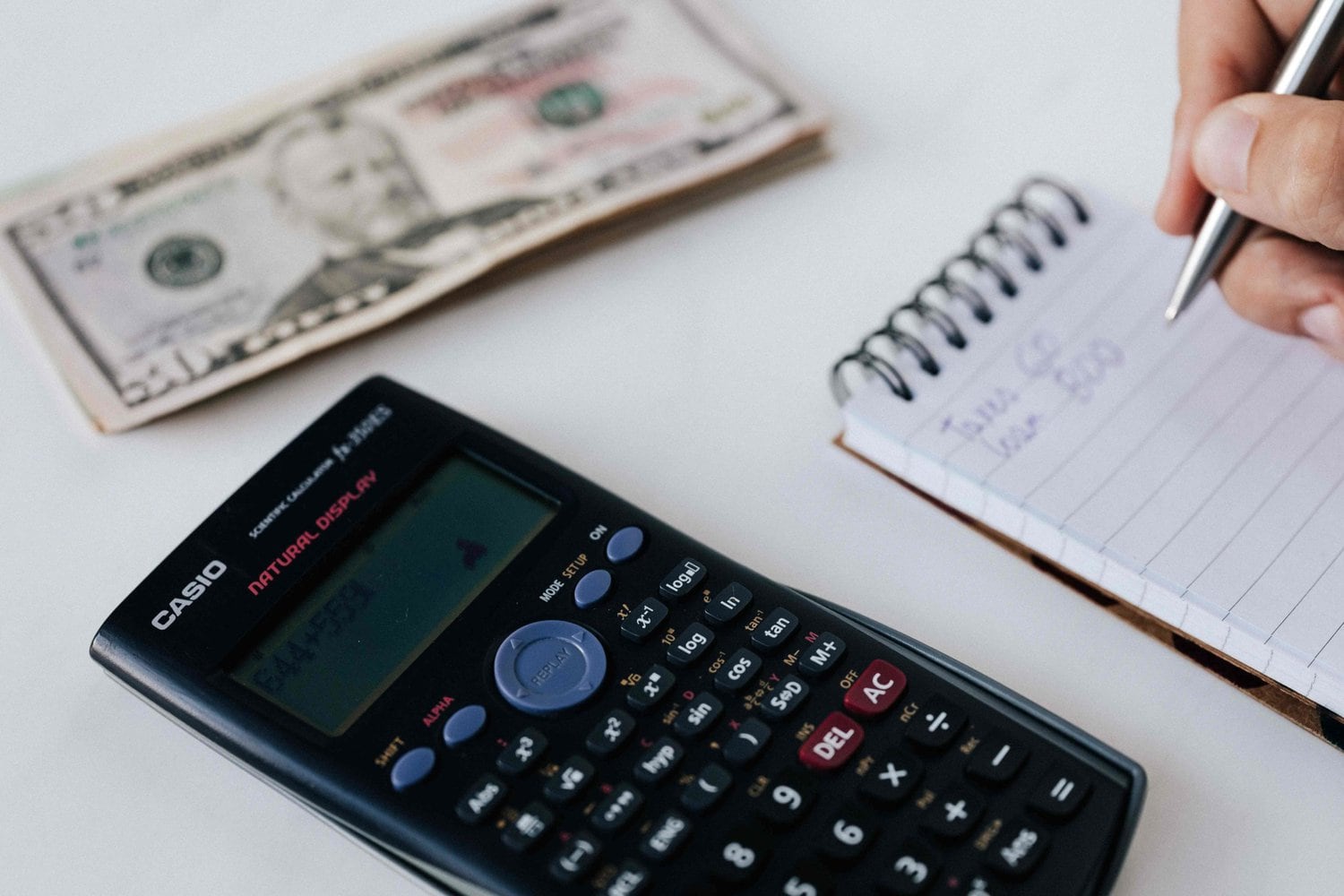
Consider Our Company Your Trusted Partner
Developing a FemTech app is not an easy thing, especially without a shoulder to cry on. You’ll need support in researching, planning, and the very development.
If you want but don’t know how to develop an app for women’s health, Empeek offers outsourcing software development services. One of our alike projects was Mental Wellness App including features such as easy meeting scheduling, smart reminders & notifications, reward system, and progress tracking graphs. Such functionality can also be applicable when developing the FemTech app.
Refer to your connections to find a reliable team, read company reviews, and have a one-hour consultation with each team you’ve shortlisted to make sure you’re on the same line.
If you lack certain specialists or want to delegate the development process to someone who has experience in mHealth software development, consider outsourcing to Empeek.
In case you’re shortlisting future partner now, learn more about the services we provide. As a tech company with a strong focus on healthcare and dozens of solutions launched we know how to build a women’s health application that can conquer the market.
Final Thoughts
Each woman’s health itself is individual and requires a personal approach. This is one of the many reasons why FemTech apps are on the rise. They comprise a whole separate industry and help women worldwide become more aware of their health. Boosting fertility awareness, controlling accurate period cycle, tracking pregnancy, and general female health issues are core features of women’s health applications. In this way, the female health tracking apps assist women in minimizing the chances of unexpected pregnancies, and offers better understanding of their bodies, which works as an aid to get pregnant.
Such apps are becoming more and more popular among progressive American and European women. The development of the industry is also influenced by the digitalization of medical services, the development of science and specialized technology. The market research shows that the sector becomes more profitable and attracts investors.
We will be glad to implement your ideas through all stages of development, including the discovery phase and the product support.


